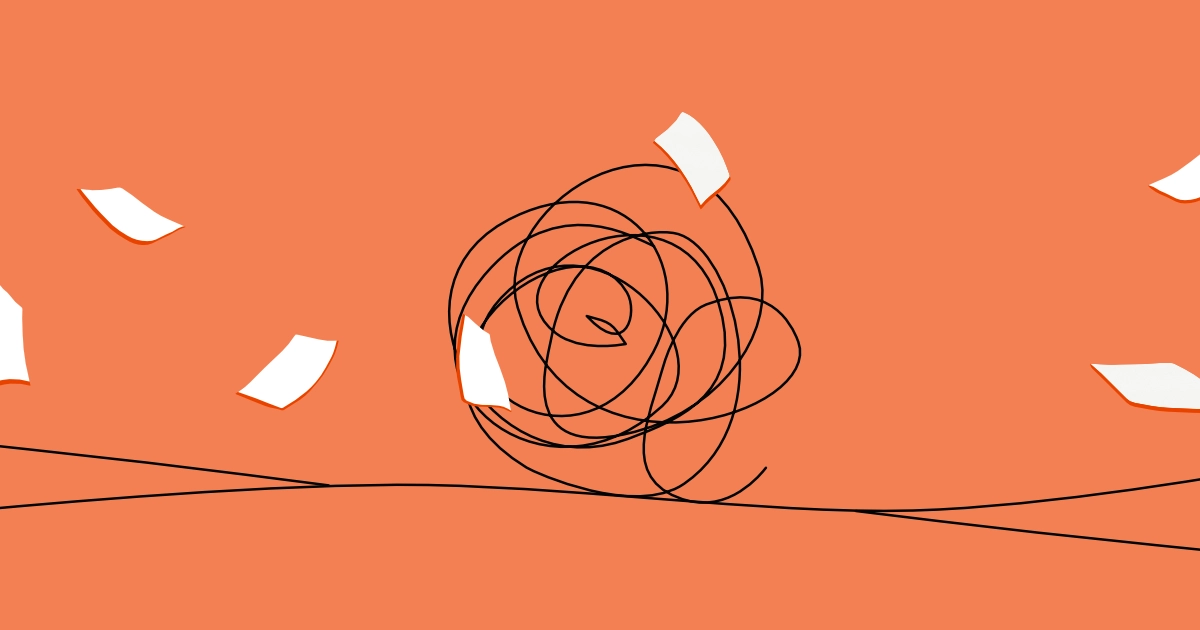Are your clients from hell or heaven?
Let’s be real. Freelance life is a mixed bag. Some days feel like creative bliss, you’re in the zone, the brief is clear, the client responds immediately (angels sing), and your invoice gets paid the same day. That kind of magic? Rare, but oh so good.
Other days, you get the opposite. Confusing briefs. Ghosting clients. Late payments. And that one person who asks, with complete confidence, if you could “just make the logo bigger.”
I’ve had both. I’ve worked with clients who made me want to work weekends out of pure excitement, and others who had me questioning every career choice I’ve ever made. Client relationships, just like any other human connection, are about balance, respect, communication, trust. Ideally, both sides win.
But what about when they don’t? Here are some of the types of difficult clients I’ve met along the way, how I’ve handled them (or not), and a few thoughts from the battlefield.

1. The client who thinks they know better
Oh yes. This one. I’m talking about the client who hires you for your skill… then proceeds to micromanage every single decision. The one who read a blog post once about colour psychology and now feels they know exactly what shade of red converts better. As a designer, I’ve heard the classic “make the logo bigger” more times than I care to admit. You’re tempted to say, “Then why hire me at all?” But here’s the thing, most of us have bills to pay. So we comply. Even when it hurts.
What to do
If the request doesn’t kill the integrity of your work, fine. But if it really starts to erode the quality (or your sanity!) set a boundary. Explain your reasoning. Offer references. Articles. Comparisons. Be the expert they hired. And if they still insist, you can always ask for your name to be left off the credits. Your reputation matters.
2. The client who doesn’t know what they want (until you show it to them)
This one’s like chasing fog. They say things like “make it modern but classic” or “just something… bold but soft” (what?!). Then you spend hours building options, only for them to finally discover what they actually want, after seeing your work. You’ve just done their job for them.
What to do
To address this issue, interrogate the brief. Ask questions, lots of them. Get references, examples, moodboards, Pinterest links, napkin sketches, anything. If they can’t provide direction, help them shape it before you open your software. And yes, charge for that discovery work. It’s labour.


3. The client who doesn’t respect your time
You know the type. They email on Friday night expecting results by Monday morning. They ghost you for days, then suddenly it’s urgent. They start a project and then leave you waiting for feedback, stalling progress because they’re too busy. Uhu. Or they book meetings “just to chat” that turn into strategy sessions, for free.
What to do
Protect your time like it’s the last croissant at a brunch table. Be clear upfront about availability. Ask for questions in writing before scheduling calls. Set clear boundaries for revisions and response times. And if they need you to work late or on weekends? That’s an extra fee. Always.
4. The client who haggles over price
We’ve all dealt with clients who want your skills but can’t afford them. They try to haggle, offering countless reasons why their price is fair. I’ll never forget a client who said, “Steve Jobs did jobs for pennies before he got famous.” Sorry, what? It’s wild how often people forget that creatives have rent to pay. Experience costs something. Skill costs something. Your time is not free.
What to do
There are many ways to offer solutions to your clients. You can provide payment installments, request a percentage of their profits from your services, or create a bulk discount system. However, if your client continues to haggle despite these efforts, it’s not worth it. Politely walk away. You’re not a bargain bin. If they still want to work with you, propose a reduced project scope to fit their budget.

5. The late payer (or worse, the non-payer)
This one stings. You do the work, deliver everything on time, send your invoice… and then? Silence. Or worse, excuses. One client once told me they’d “forgotten” to pay. Another insisted they “usually pay in 30 days”, which wasn’t in the agreement. It’s maddening. You wouldn’t walk out of a restaurant without paying, right?
What to do
Being paid promptly after completing a job is a sign of recognition and respect for the work done. To ensure this, it’s crucial to have clients sign a contract or quotation before starting the project that involves the payment terms. This provides legal protection in case of any issues. If you find yourself constantly sending reminders for payment, complete the current project and consider not taking on new ones from that client. Another effective practice is requesting a 50% upfront payment to maintain healthy cash flow during the project, with the remaining 50% due upon project completion.
The unicorn client
The perfect client is someone that knows what they want from the start, provide a thorough briefing with clear specifics to avoid any guesswork, allow creative freedom for you to thrive in your work, and pays the same day! I dream of this client. Have you ever encountered one of these rare unicorns?
Compromising as unicorns don’t exist
I often wonder whether artistic giants like DaVinci, Picasso, or Van Gogh for example ever faced compromises. Can you imagine someone saying, “Yes, the Mona Lisa portrait is fine, but could you add some mountains in the background?” Alphonse Mucha, renowned for his commercial floral posters, actually disliked creating them; his true passion, exemplified in works like “The Slavs in Their Original Homeland” was very different. He had to compromise his artistic integrity to make ends meet.
When to walk away
Sometimes, despite your best efforts, it’s just not working. You’re in a constant tug-of-war between your creative instincts and their demands. You’re exhausted. You’re compromising too much. It starts to feel like a bad relationship. Here’s your permission: you’re allowed to leave.

Compromising is a skill and a choice (meaning you don’t always have to!)
Compromise, it sounds so tidy, doesn’t it? But in reality, it’s rarely a clean process. It’s about give and take, about finding that shaky middle ground where both you and your client make a few sacrifices to keep things moving. And when your work carries personal meaning, when it’s not just design, but a piece of your mind and heart, that kind of give can feel like you’re chiselling away at something sacred.
For many of us, whether we’re painting, composing, designing, writing, or photographing, this balancing act between artistic integrity and making a living feels less like negotiation and more like walking a tightrope in a windstorm. It can be draining. It can feel like selling out. I get it. Honestly.
But let’s be clear, compromise isn’t a one-way ticket. It’s a two-lane road. You’re not the only one expected to bend. Your client has to meet you halfway too. Respect, flexibility, collaboration, it has to go both ways. You’re not here to be steamrolled. You’re here to bring your expertise and your perspective into the work. That deserves acknowledgment. Don’t forget that.
Conclusion
Not every client is difficult. And not every difficulty means disaster. Sometimes it’s just a matter of finding your voice, setting your boundaries, and trusting your gut. You’re not just a service provider. You’re a professional. You deserve respect, fair pay, and projects that make you proud.
Got a wild client story? Let’s trade war stories, I’d love to hear yours.
